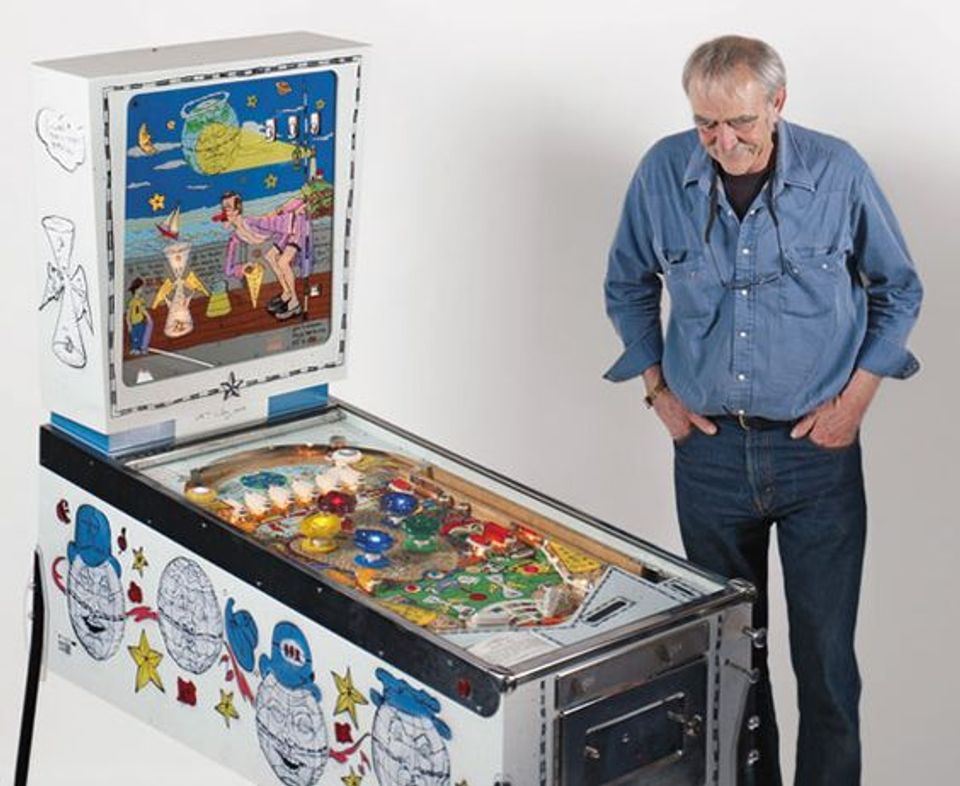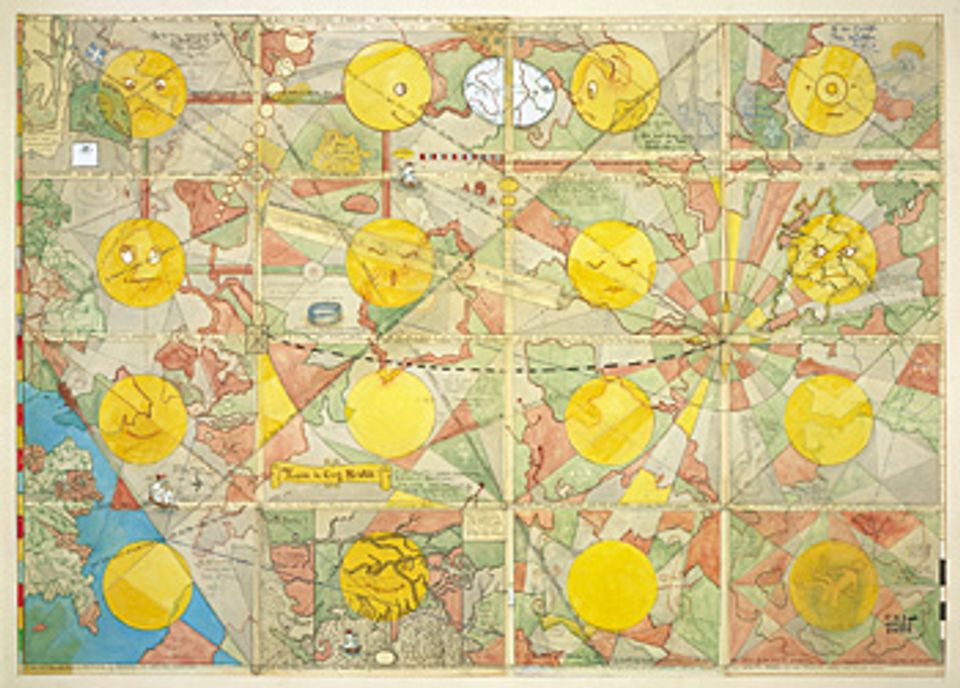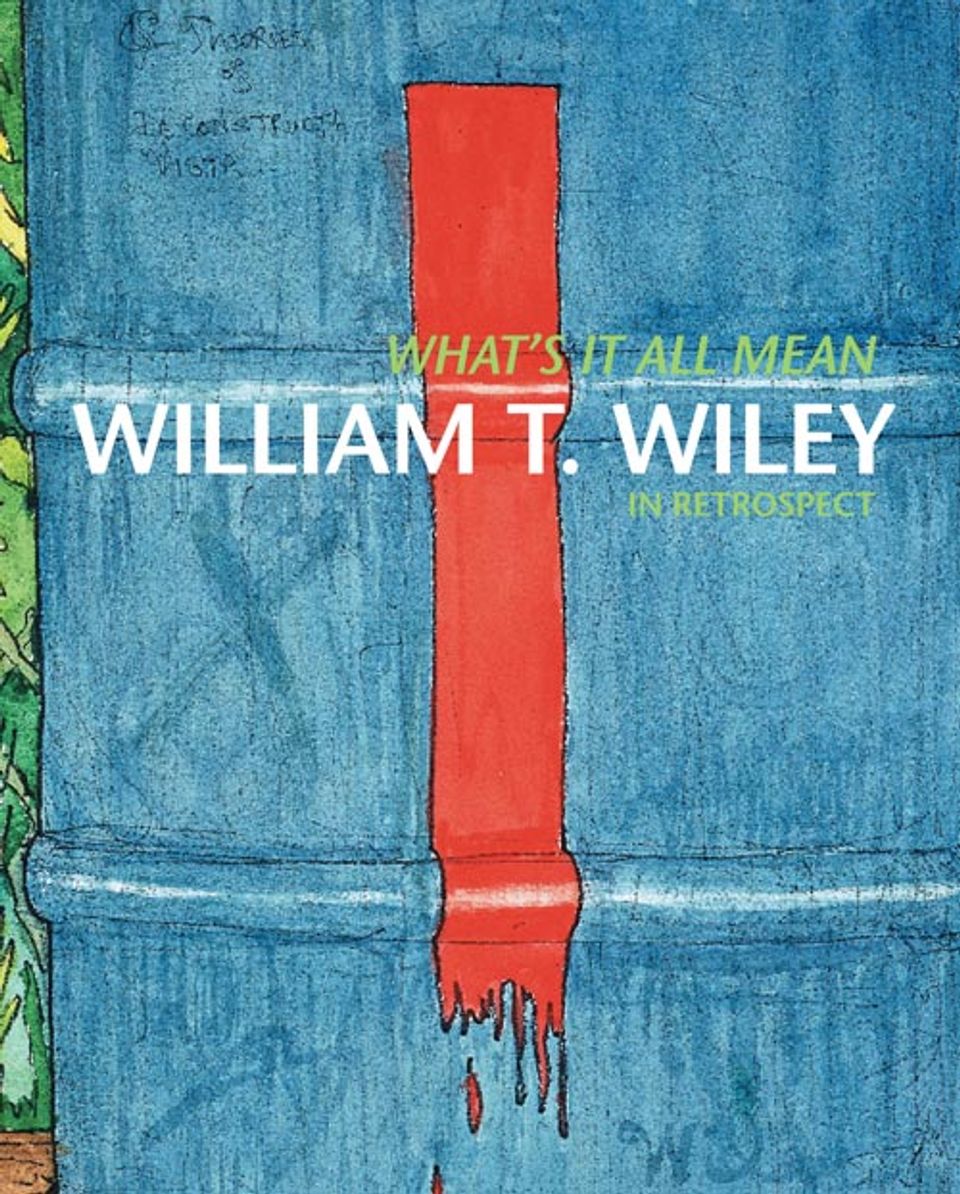Artist
William T. Wiley
born Bedford, IN 1937-died Greenbrae, CA 2021
- Also known as
- William Thomas Wiley
- William Wiley
- Born
- Bedford, Indiana, United States
- Died
- Greenbrae, California, United States
- Active in
- Woodacre, California, United States
- Nationalities
- American
Exhibitions
October 1, 2009–January 24, 2010
Enter the world of artist William T. Wiley, who has created a distinctive body of work during a 50-year career that addresses critical issues of our time.
Related Books
Related Posts

10/13/2009
“So we’ll see what happens when it gets dark,” William T. Wiley said after introductory remarks at the McEvoy Auditorium the other night to inaugurate the 2009 Clarice Smith Distinguished Lectures in American Art at the museum, and the lights were dimmed.

Howard Kaplan
Writer

















